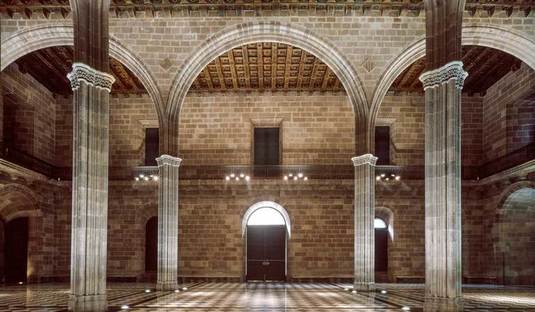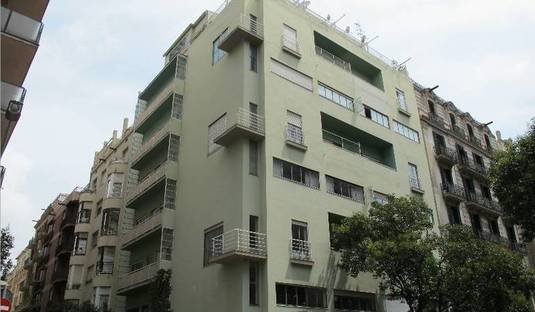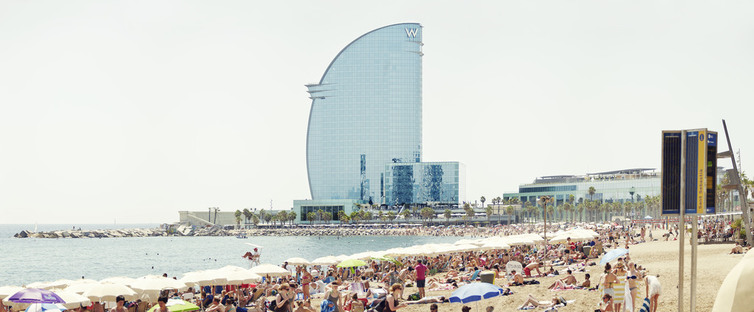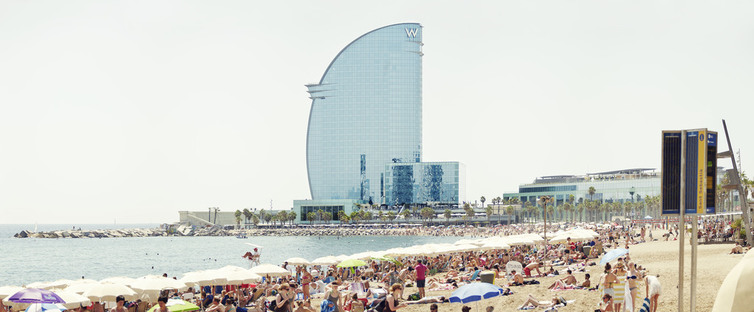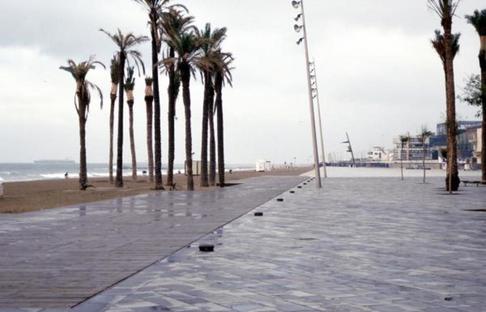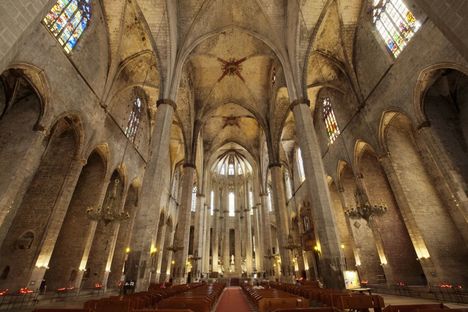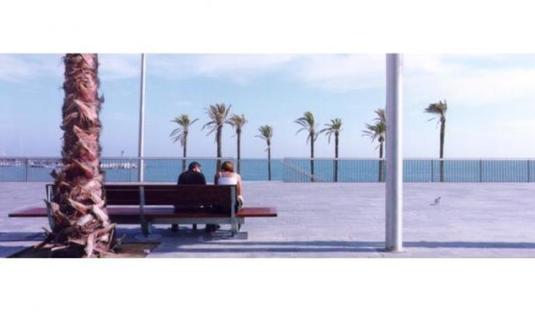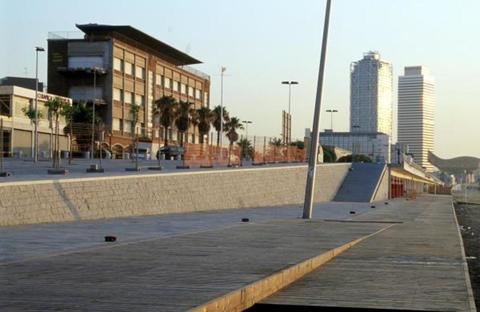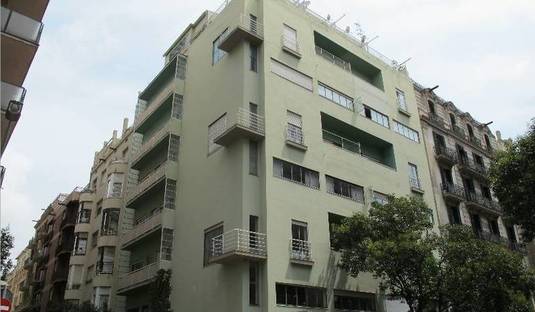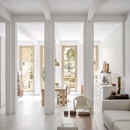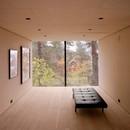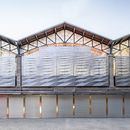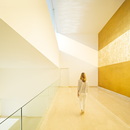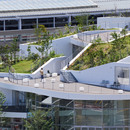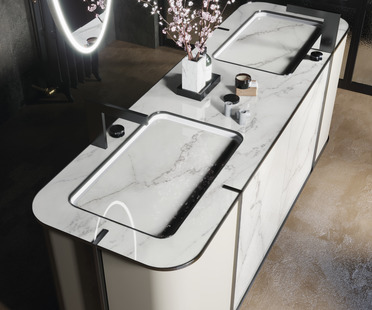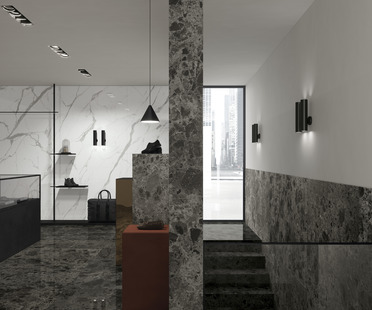10-02-2016
Architecture in Barcelona as seen by Josep Lluís Mateo

Barcelona and Gaudí is a commonplace association, now familiar to everyone, architects and ordinary tourists alike. Do you think a person can visit Barcelona and ignore Gaudí, at least once? What buildings and what tours might overshadow him?
Of course you can come to Barcelona without looking at any of Gaudí’s buildings. Or rather, you can look at them, but just in passing, as you go by, in their setting and in the architect’s own world …
Barcelona is a world in itself, and it can be fascinating to try to decipher it, to understand it. It’s a complex organism made up of many different pieces. And it’s interesting to try and understand both the parts and the whole.
There can be many different approaches, of course. I would warmly recommend two of them. The first: observing local Gothic architecture, which is very different from French Gothic (Santa María del Mar, la Lonja, las Atarazanas…). Here, it is space itself that amazes us, while forms are less important. Another approach I would recommend is to look at modern architecture in the city, from the 30s to the 50s, from the early works of Josep Lluís Sert to the second generation modern architecture of the great master José A. Coderch. It’s a bold, energetic line that explains something about the contemporary world.
You live, work and walk around in this city every day. What are your favourite places? For various reasons, I mean: places where you like to walk, and maybe stop for a while; places you miss if you are away from the city for long?
One of the things I find interesting about Barcelona is its relationship with nature. The transition from the mountains to the sea, through the plains.
To me the mountains are key: seeing the city from above, with the blue expanse in the background. Or the opposite way around, going down to the sea and looking back at the harbour, where spaces widens out and the light is different.
I have my landmarks, my refuges, in the mountains and at sea. And in between them is the brown mass of the city I pass through, in transit.
Of all your projects in the city, from the homes at Passatge Marimon 5 to the Film Theatre of Catalonia and the recent redevelopment of Ninot market, could you choose one you particularly like, and tell us some anecdotes about the project and some trivia about the people and the history of the place?
I love all my projects.
The Film Theatre was the most complex project, of course. In the city’s old centre, elbow to elbow with history, and with poverty and life on the margins, which were a constant in the area in the past.
The building aimed to introduce sociological modernity to a highly degraded area.
The centre’s director, Esteve Riambau, explained to me that the building would not only increase the number of new visitors to the area but be fully integrated with its neighbours…
Riambau was happy to tell me that he had scheduled some sessions about Italian neorealist film, showing “Roma, città aperta” as the highlight, which attracted a large group of prostitutes from the neighbourhood, a very enthusiastic audience who took over the building… “We’ve succeeded”, Riambau exclaimed.
I’d like to end this interview with a provocative question. We’d like to know if there’s a recent project which is not yours which you particularly like, and a project you don’t like and would have done differently. With your reasons for the choice, of course.
Well, there are lots of them. This one is not very recent, but I continue to admire the waterfront project (towards Barceloneta) by Olga Tarrasó and Jordi Henrich.
While on the other hand, I’m not sure about Hotel W, also on the waterfront (by Ricardo Bofill). It gets in the way of the view of the city, introducing a horrible volume (a copy of the one in Dubai) into the view of the sea from the city. It gets in the way, it’s vulgar, outdated, coarse.
Mara Corradi
Images:
Santa María del Mar: http://barcelona-home.com/blog/es/basilica-de-santa-maria-del-mar/
La Lonja: http://www.ginabarcelona.com/ca/project/rehabilitacio-de-ledifici-de-la-llotja#.VlXQj3YveUk
Josep Lluís Sert in Muntaner St.: http://milerenda.blogspot.com.es/2011/10/calle-muntaner-2-parte-de-la-via.html
Moderno de 2ª generación de José A. Coderch in J. Sebastian Bach St.: https://ca.wikipedia.org/wiki/Josep_Antoni_Coderch_i_de_Sentmenat
Filmoteca: ©Adrià Goula Photo
Barceloneta seafront by Olga Tarrassó and Jordi Henrich http://www.catalan-architects.com/ca/projects/50440_Barceloneta_Seafront










